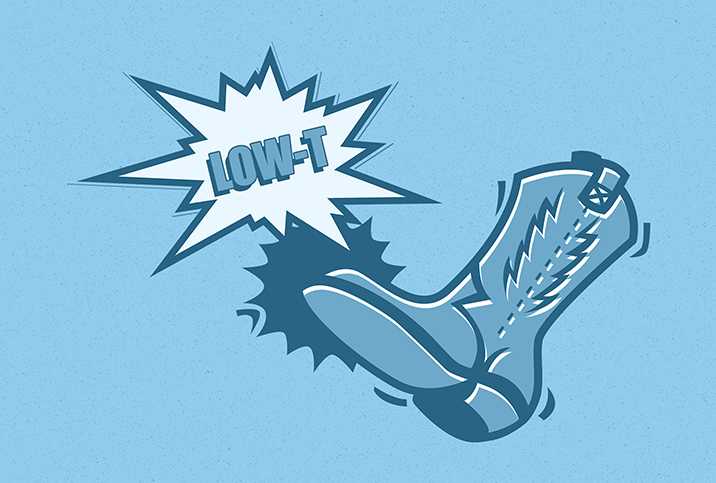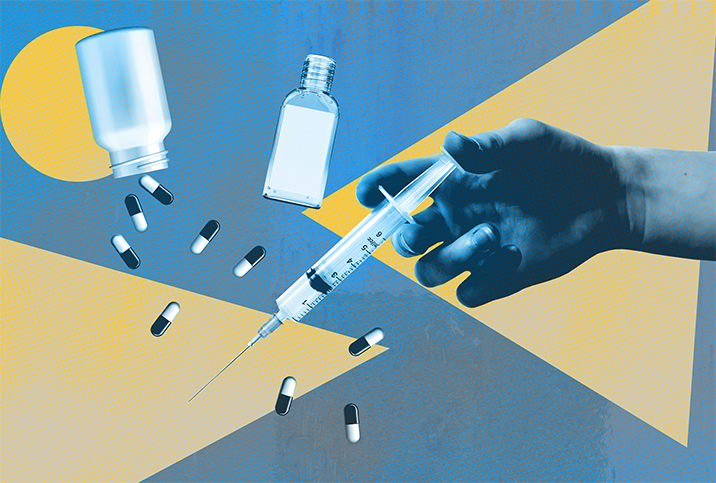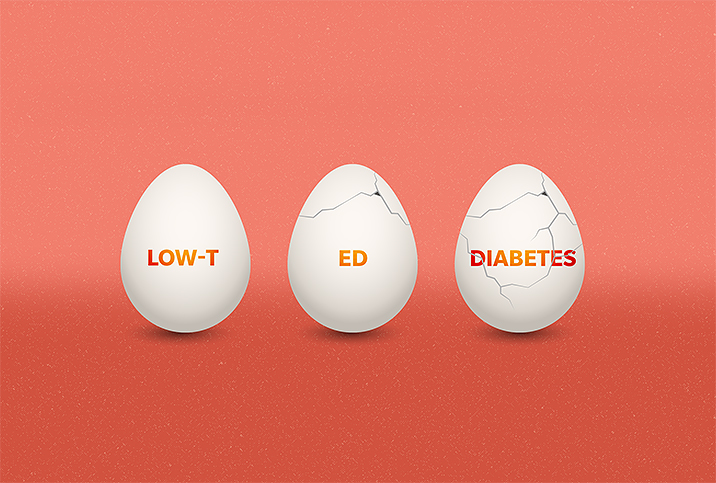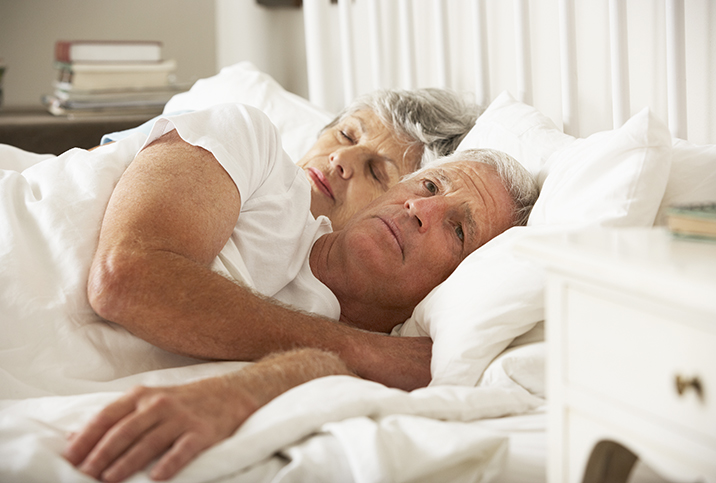Understanding Low-T
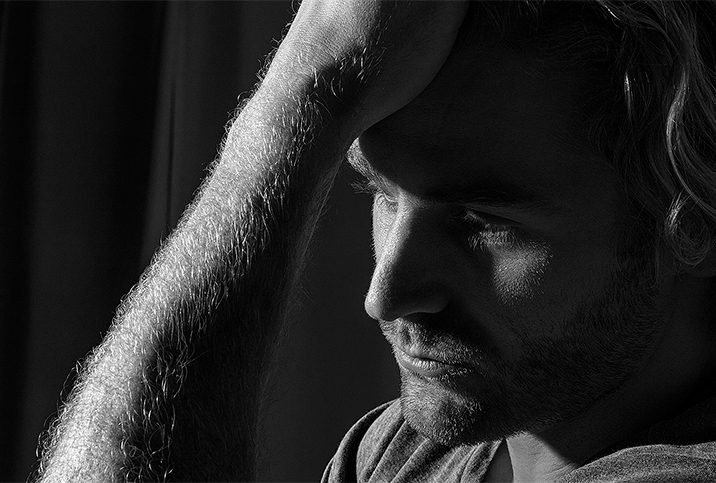
As men age, many can expect to experience diminished energy levels, less hair, a lower sex drive and a general sense of loss. Such effects are the result of a decrease in overall testosterone levels, and it's not strictly reserved for older men, although about 40 percent of men over the age of 45 are affected by the condition. Low testosterone (male hypogonadism) can afflict men of all ages and create complications for their physical health, mental health and sex life.
What is low testosterone?
The male sex hormone testosterone is produced in the testicles. Normal levels are important for sexual development and sexual performance. During puberty, testosterone is key to developing facial and body hair, deepening the voice, increasing strength and producing sperm in males.
Testosterone plays other roles in some of the basic functions of men, too. It helps the body produce red blood cells, strengthens bones and affects cognitive performance and mood. As testosterone levels decline with age, men may experience sexual issues as well as physical effects, such as a reduction in muscle mass, a lack of energy, weight gain and more.
The unit of measure used in testing testosterone levels in the blood is known as nanograms per deciliter. Between the ages of 17 and 18, normal male levels are in the range of 300 to 1,000 nanograms per deciliter. In men 19 and older, the normal levels are between 240 and 950 nanograms per deciliter. Women also naturally produce testosterone but at a much lower level.
Low testosterone is a condition in which the testes do not make enough testosterone to maintain sex drive, muscle mass, red blood cell levels, bone density and sexual function, among other things.
Signs of the low-T times
Symptoms of low testosterone vary by age and individual. Men who have suffered from low-T for much of their life may have a much different experience than those who gradually lose testosterone or men who experience a sudden drop.
Common symptoms of male hypogonadism include:
- Loss of hair. Male pattern baldness and hair thinning are typically a natural part of the aging process and can result from both low and high testosterone levels, but when balding is accompanied by a loss of facial hair, it’s likely a sign of low testosterone.
- Lack of sex drive. Many men see a drop in their libido, or sex drive, as they get older. Often, men with low testosterone levels may lose their sex drive altogether.
- Feeling tired. In many cases, men with low testosterone levels experience a significant drop in their energy level, feeling fatigued no matter how well they may sleep.
- Erectile dysfunction. Testosterone plays a role in a man’s sex drive and helps him achieve and maintain erections. It sends a signal to the brain that it’s time to produce nitric oxide, which triggers the chain of chemical reactions that results in an erection.
- Lack of semen production. When a man has low levels of testosterone, a drop in the amount of semen produced during ejaculation can follow.
-
Difficulties with memory and concentration. While it's inconclusive, some studies indicated men with high levels of testosterone have better preservation of brain tissue, and men with lower levels could suffer slower brain function.
- Depression, moodiness and irritability. Testosterone increases the release of dopamine (a neurotransmitter that helps us feel pleasure). Low-T means less dopamine production.
Other symptoms of low testosterone include weight gain, gynecomastia (enlarged male breasts), anemia and even infertility (if semen production has decreased).
If you have experienced any of these symptoms, it's important to talk to your doctor. While a slow decrease in testosterone is normal as you get older, you don't have to suffer the effects of low-T.
If you're worried about your testosterone levels, visit your primary care doctor. You'll likely discuss your medical history, as well as any current symptoms. If you have any specific concerns, such as ED or fertility, your doctor will recommend the best way to treat those directly.
After a physical exam, two blood draws will be performed, usually early in the morning when testosterone levels are highest. One test measures total testosterone and the other measures free testosterone.
A low-T diagnosis can be made based on physical symptoms and/or the results of the blood tests. If your doctor determines your testosterone levels are low enough to warrant treatment, there are multiple options.
Natural treatment for low-T
In addition to a natural decline due to aging, certain risk factors also can lead to a loss of testosterone: illness, cancer treatment (e.g., radiation or chemotherapy), stress, obesity and alcoholism. By employing a few natural, commonsense strategies, men may be able to improve their overall health while also boosting their testosterone levels in a manner that helps them stay strong, virile and clear-minded.
Eat healthier
"Good” cholesterol, or high-density lipoprotein (HDL) cholesterol, can help stimulate testosterone production. HDL cholesterol, unlike LDL (low-density lipoprotein) cholesterol, will not increase the risk of cardiovascular disease. Good sources of HDL cholesterol include fish, avocados and egg yolks.
Improve your sleep habits
Testosterone production typically peaks in the first few hours after waking up. When men go to bed and wake up at consistent times and get at least six to eight hours of sleep, they help increase their testosterone levels and encourage more consistent testosterone production.
Exercise
Working out regularly will help increase muscle mass. This, in turn, will increase the body's demand for luteinizing hormone-releasing hormone, or LHRH, which stimulates the production of testosterone.
Before you accept ever-decreasing levels of testosterone, try incorporating one or more of these lifestyle changes to help slow low-T's effects, and be confident it doesn't need to keep you down.
Testosterone replacement therapy
If natural treatments don't work, don't worry. There are other options, the most popular being testosterone replacement therapy, which can help improve the symptoms of low testosterone through a variety of applications, such as:
- Testosterone patches applied every day to different areas of the body
- Intramuscular injections injected every 10 to 14 days
- Pellets implanted under your skin every couple of months
- Testosterone gels applied every day to the back and arms
While testosterone replacement therapy can improve your sexual function, mental health, muscle strength and bone density, among other benefits, it does come with risks. The side effects of testosterone replacement therapy include acne, prostate enlargement, sleep apnea, breast enlargement, testicle shrinkage, which can cause limited sperm production. Additionally, testosterone replacement therapy can overly stimulate red blood cell production, putting you at risk for blood clots.
If you are considering testosterone replacement therapy, be sure to discuss the benefits and risks with your doctor before you make any decisions.
Resources
Every day, millions of men suffer the effects of low-T. It's important to remember you are not alone, and you can find relief through treatment. Lean on your family and friends, communicate with your partner and consider seeing a therapist if you need additional support. Support groups exist, too, on Facebook and other social media.












